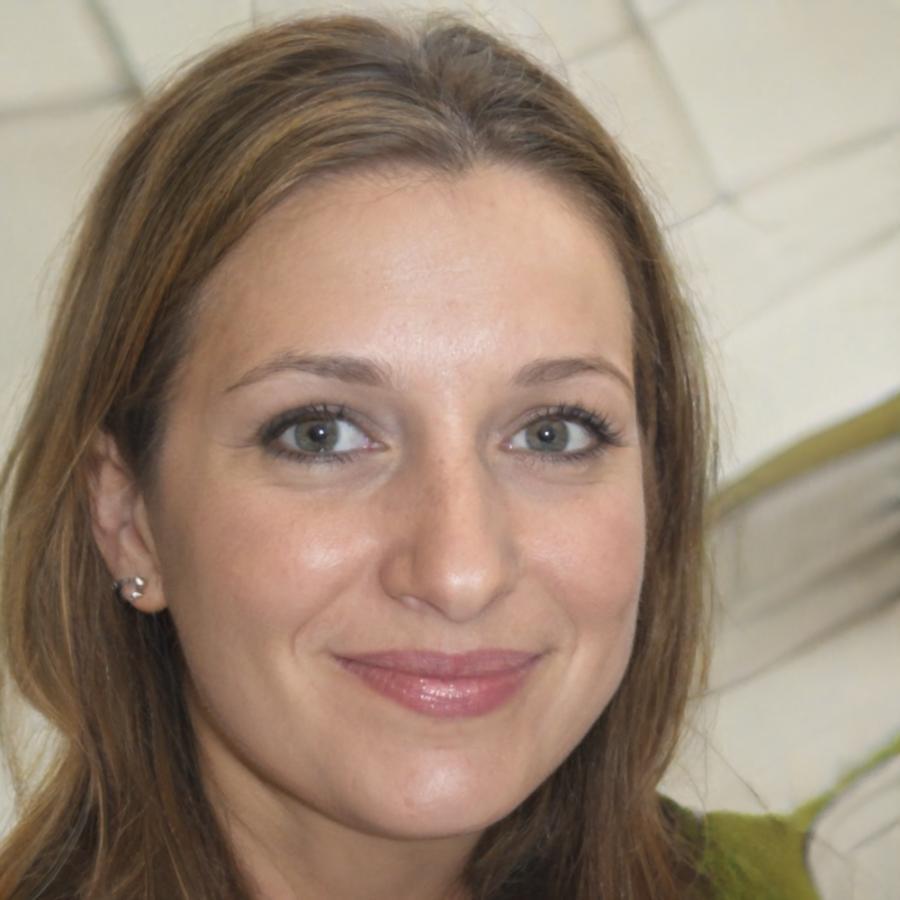Professional Financial Management Training
We built this program for finance professionals in Taiwan who need practical forecasting and budgeting skills that actually work in real business environments. Not theory. Not textbook examples. Just methods that our team uses every single day.
Next cohort begins September 2025
Finance professionals completed our intensive program and now apply forecasting techniques in their organizations
Based on post-program surveys from participants across banking, manufacturing, and tech sectors
Structured learning with weekend sessions designed around working professionals' schedules
What You'll Actually Learn
This isn't a survey course. We focus on specific skills that make forecasting and budgeting more accurate and less time-consuming. Each phase builds on the previous one.
Clean your data properly. Build reliable historical baselines. Understand variance analysis that goes beyond simple percentage changes. We spend three weeks here because everything else depends on this.
Time series analysis, regression models, scenario planning. You'll learn when to use each method and how to combine them. Most importantly, how to explain your assumptions to non-finance executives.
Zero-based budgeting versus incremental approaches. How to build flexibility into annual plans. Department-level budget reviews that actually help operational managers rather than frustrate them.
Excel power user techniques, database connections, dashboard design. We teach you how to reduce monthly close time and eliminate repetitive manual work that creates errors.
Final four weeks involve working with actual company data (anonymized). Build a complete forecast and budget for a real organization. Present to executive panel. Receive detailed feedback.

Your Instructors
Three finance professionals who've managed forecasting and budgeting for organizations ranging from startups to publicly-traded companies. They still do this work, which means the methods they teach are current.

Sivan Dragomir
Spent twelve years at semiconductor companies building rolling forecast systems. Now teaches the practical side of variance analysis and what actually causes forecast errors in manufacturing environments.

Anouk Bergström
Helped seventeen companies transition from spreadsheet chaos to structured budget processes. Her sessions focus on automation techniques and building systems that don't break when someone leaves the company.

Kira Valente
Manages FP&A for a tech company with operations across Asia Pacific. Teaches scenario planning and how to present financial forecasts to executives who want answers, not spreadsheets.

Skills You'll Develop
We measure success by what participants can do after the program ends. These are the specific capabilities previous cohorts reported gaining.
Build three-statement financial models that tie together properly and handle multiple scenarios without breaking
Conduct variance analysis that identifies root causes rather than just documenting differences
Create rolling forecasts that update efficiently each month without rebuilding everything from scratch
Design budget processes that department managers actually follow because the requirements make sense
Present financial information to non-finance executives in ways they can understand and act on
Automate repetitive forecasting tasks using Excel tools and database connections most people don't know exist